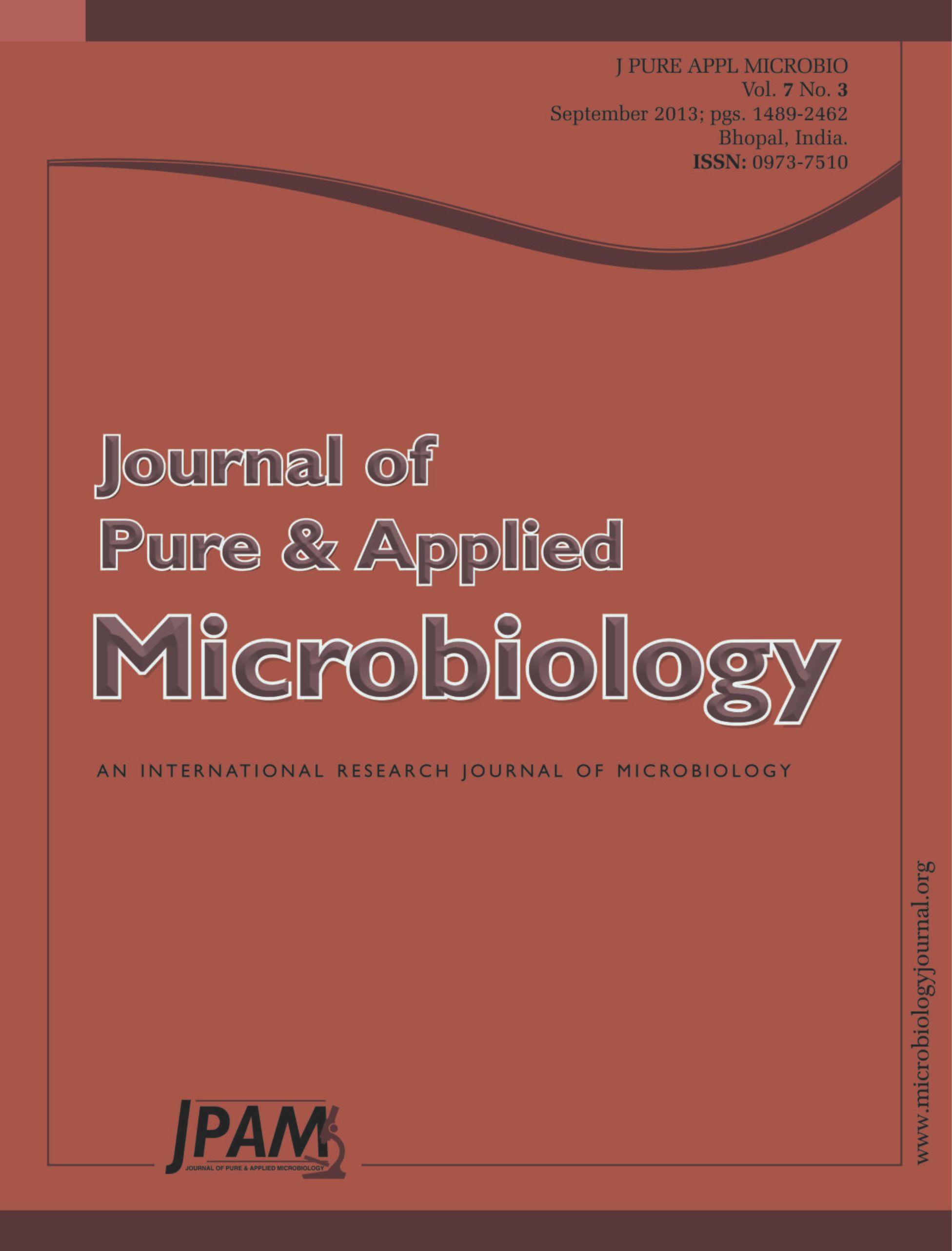Three alginate lyase producing strains of Klebsiella sp., and one strain of a Paenibacillus sp. were isolated from soil and water samples. The alginate lyase gene algK from Klebsiella sp. 20-3 and algM from Paenibacillus sp. 8-5 were cloned into Escherichia (E.) coli and expressed. The activity of recombinant AlgK (1640.1 U/mg) was 40 × higher than that of recombinant AlgM (36.7 U/mg). Sodium alginate was degraded by AlgK into alginate oligosaccharides. The AOs with a degree of polymerization value of 13.9 were found to stimulate the accumulation of phytoalexin in wounded soybean cotyledon. The 3 g/L concentration of AOs with DP 13.9 displayed the best effect on promoting germination and root development of rice seedlings, as well as a greater advantage for the rice seedlings to adapt to drought resistance and cadmium stress. The AOs with DP 13.9 were analysed by electrospray mass spectroscopy (ESI-MS), and the main component was trimer.
Alginate lyase, Alginate oligosaccharides, Plant resistance, Drought stress, Cadmium stress
© The Author(s) 2014. Open Access. This article is distributed under the terms of the Creative Commons Attribution 4.0 International License which permits unrestricted use, sharing, distribution, and reproduction in any medium, provided you give appropriate credit to the original author(s) and the source, provide a link to the Creative Commons license, and indicate if changes were made.


